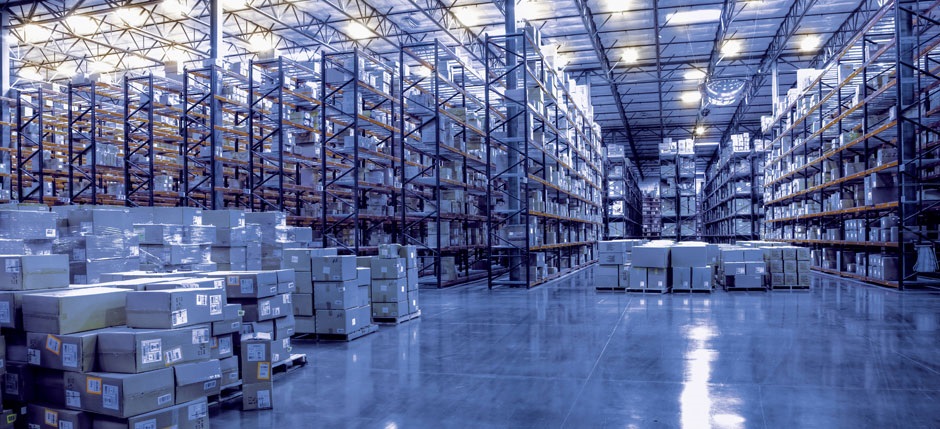Eighty percent of all products sold or traded on the European market can be certified by the manufacturer or exporter. This process is called self-certification, meaning that if the product is in compliance with the required directives it can be affixed with a CE mark.
At present, only 10 percent of all products which must comply with European regulations require testing by a European Notified Body. Ninety percent of all products, however, can be self-certified by the manufacturer and exporter.
CE Mark
The CE Mark on a product indicates that the product complies with the fundamental safety and environmental requirements imposed by European legislation. The producer or the importer is liable to ensure that the product is correctly CE marked. The producer may only supply products that can be used safely by the end consumer.
If a damage or injury is sustained from a particular product, the consumer may hold the manufacturer, authorised representative, agent or importer, responsible. In case the product is not safe, it is the producer who is liable. In this connection, however, the concept producer is not limited to the manufacturer. Also seen as liable or responsible parties are: the manufacturer of a part of the product, his authorised representative, the importer who imports the product into the EU or the dealer who places the product on the market in the producer’s name.
When is the producer liable for the product
If the consumer suffers bodily harm, dies as the result of the use of unsafe equipment, or there is damage to property or a third party, this can lead to a liability claim. In such case, the damage can be caused by a fault in the product. One speaks of a fault if the product does not provide the degree of safety as required by law.
.
.

